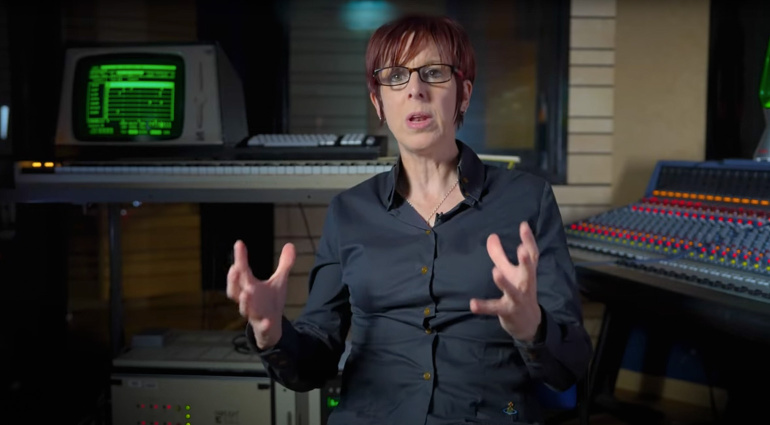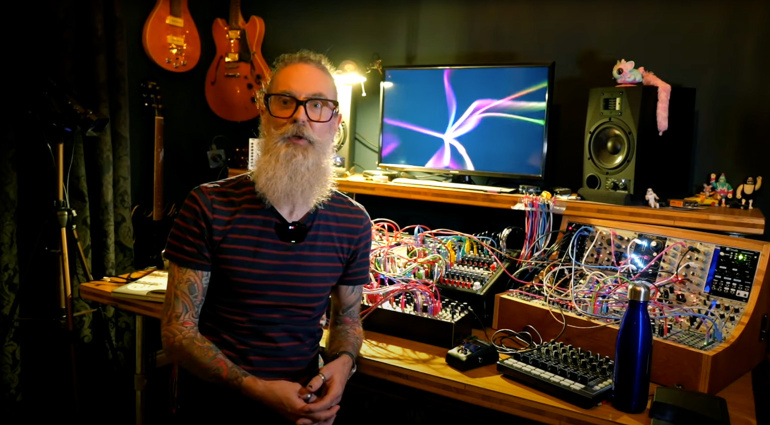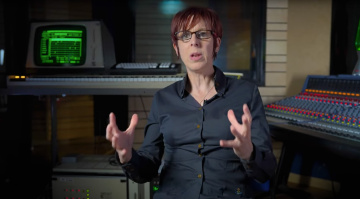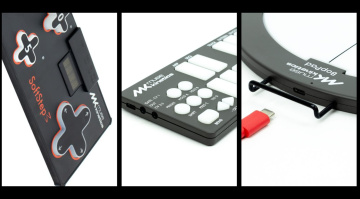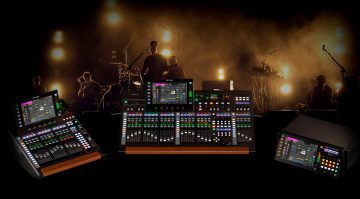A Wasp, Lemurs, Editors and Mini-Docs – Synth Journal
This week’s Synth Journal looks at the new Behringer Wasp Filter module, an editor for a classic VA synth and a couple of great little mini synth docs!
Hoovering up the smaller news items from the last seven days, we’ve got news of people power persuading a company to back down on its subscription model, a fantastic editor for the Yamaha AN1x, plus documentary shorts on the Fairlight CMI and the burgeoning Glasgow electronic music scene.
But first up, a buzzy filter from Behringer!
Synth Journal
The Behringer WASP VCF
Not content with giving us a Wasp Deluxe nearly six years ago, Behringer has extracted the filter from it and made it into a tidy little Eurorack module! Now you can process the oscillators of your choice and give them that Wasp feel with the WASP VCF.

Claiming to be faithful to the original WASP VCF, it comes with three inputs covering audio in, CV1 and CV2, with two outputs, one for the band pass and the other sharing low pass and high pass duties with a mix knob to control the… well, mix!
All of this is packaged up in a compact 8HP unit, coloured in the appropriate black and yellow wasp-esque livery. Check out the video below to hear it in action. And if you fancy a complete WASP Deluxe synth, the synth module itself is currently priced at £127/€155/$134!

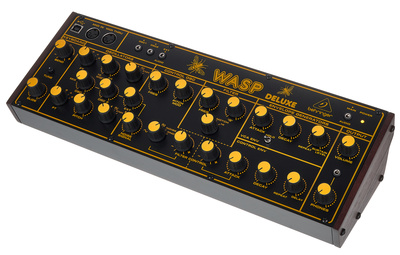
MIDI Kinetics Drop Lemur Subscription Option
Oh how we love to moan about the subscription model companies seem to be adopting in droves these days, and with good reason in many cases. We could argue the merits and pitfalls of paying monthly to effectively “rent” your software, but there are benefits if the service or product is well done.

However, when companies start subscription services where none used to exist, there is always a lot of pushback and one such case saw MIDI Kinetics take a whole lot of grief from disgruntled Lemur users. Lemur was one of the first successful “build your own controller” concepts that originally ran on dedicated hardware.
In 2011, Jazz Mutant, the original developers, brought it to iPad, which made total sense, and the user base blossomed. However, it vanished from the App store some time later, only to see MIDI Kinetics bring it back just last week.
But the subscription model did not go over well and now, after listening to their customers, MIDI Kinetic have rolled back the decision and are now offering Lemur as a perpetual licence for $99. Users who took out the yearly sub can crossgrade to this version for free, whereas monthly subscribers can crossgrade for the difference between a yearly and monthly sub.
This policy change is awaiting approval by Apple’s App Store, but expect to see it soon, along with efforts to bring uniform pricing across the US, Canada and the EU.
QAN1x Editor for the Yamaha AN1x
Yamaha’s AN1x is still, to this day, highly regarded by many. Their first foray into the world of virtual analog, this modelling synth actually uses FM to recreate an analogue synth. Oh the irony! Reputed to have been closely modelled on a Prophet 5, the AN1x has a loyal and faithful user base, myself included.
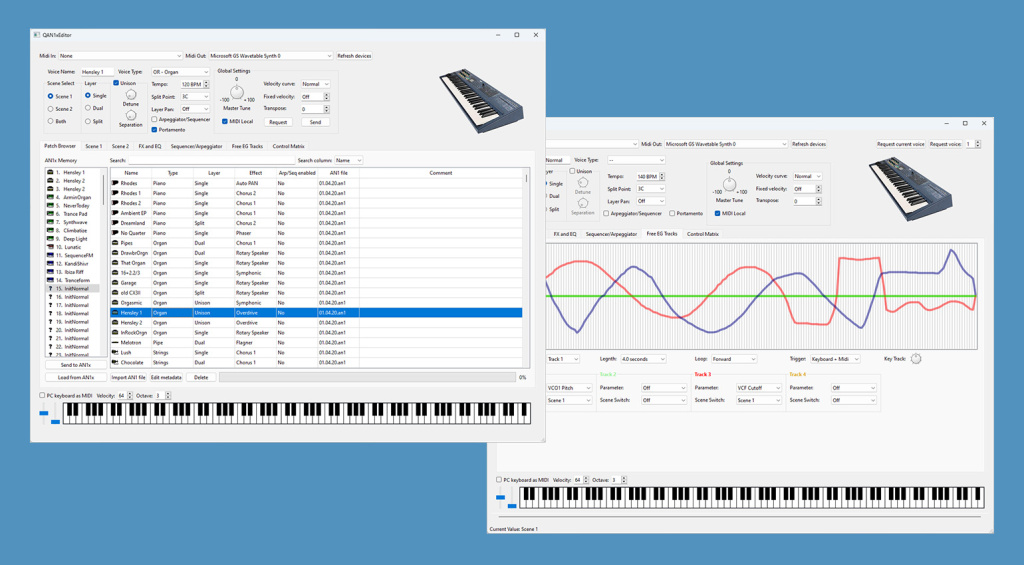
One complaint that people do have though is the slightly unwieldy user interface. It’s not incredibly intuitive but it’s better than many. That said, a software editor would be useful and that is exactly what Hristo Konstantinov has put together.
Now at version 1.5, this lightweight yet fully featured editor and librarian is completely free and allows complete on-screen control of the AN1x, along with a raft of really useful extra features, such as favouriting and sorting of sounds.
There are also graphical representations of many of the features, giving users an experience they could never have dreamed of back in the late 90s! QAN1x is also cross-platform and available to use on Windows, macOS and Linux.
Grab QAN1x from Hristo’s Github page.
New Fairlight CMI Mini Documentary
Two of my biggest passions are the Fairlight CMI and music technology history. I’ve often combined the two, delivering lectures, workshops and seminars on the big white beast from Australia. I’ve also been involved in restoring a number of the machines myself and currently have a few systems sitting in my workshop!
Many people have tried to tell the tale of the Fairlight CMI with varying degrees of success and failure. Like any story that spans over five decades, the truth gets warped and distorted, but even so, some attempts to tell part of or the whole story have been so awful that they do far more damage than they realise.
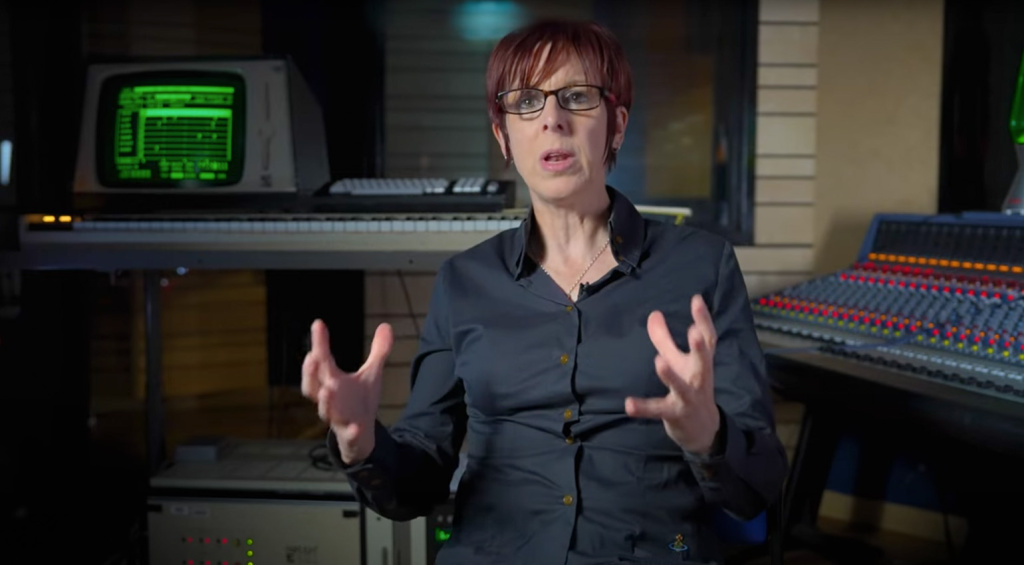
So it was with much delight that a short documentary from Mustard Flats popped up on YouTube last week, featuring the fantastic Professor Samantha Bennett and my dear friend and partner in Fairlight restoration, Peter Wielk. Peter is, without question, the pre-eminent Fairlight restorer, based out of Sydney.
This is a fascinating watch, especially as it focuses on the early development of the Fairlight and its predecessor, the QASAR, created by Tony Furse. Without Tony’s work on parallel processing of dual Motorola 6800 chips, the CMI may never have existed. It was his machine that Vogel and Ryrie licensed to kick start their own invention which, until that point, had been far from successful.
With this powerful computer system, they ended up with the Series I CMI, a system that was supposed to be a powerful additive synth but actually ended up “cheating” and using digital recordings to get the sounds they had been wanting to make. The rest, as they say, is history.
This documentary is fantastic, accurate and really highlights the Australian ingenuity behind it, as well as the key Aussie figures who championed the QASAR and early CMI incarnations in the early days, ahead of it coming to the attention of the likes of Stevie Wonder and Peter Gabriel, the latter of whom would play an important part in its popularity.
The New Glasgow Synth Scene Documentary
The last nugget in this week’s journal is another documentary highlighting not an instrument but a movement. The concept of Electronic Music Open Mic nights seems to be a decidedly British phenomenon and one of its crowning jewels is the ‘Attack/Release’ events in Glasgow.
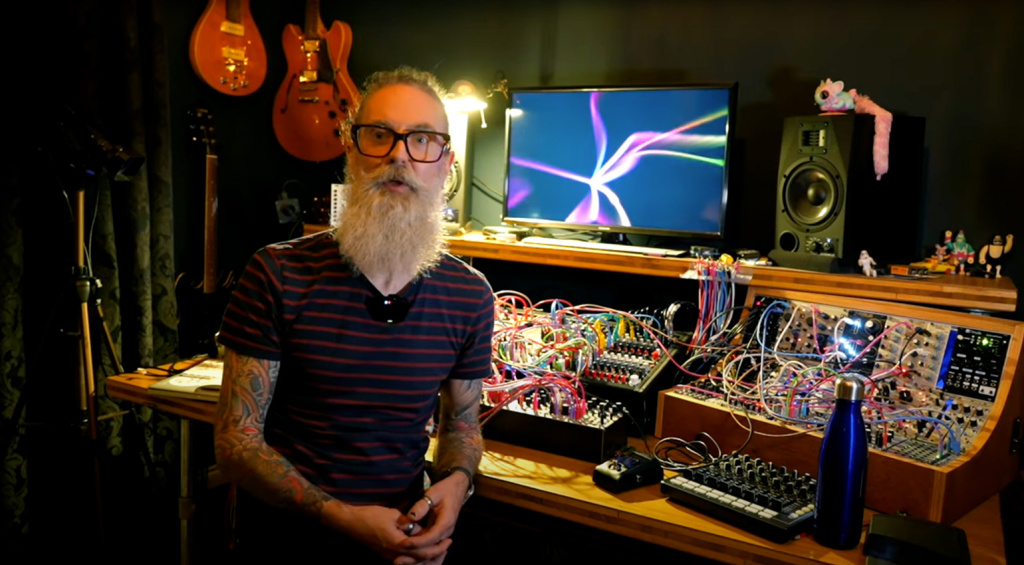
These nights seem to be fuelling a number of similar events across the city and bringing increasing numbers of modular musicians out of the woodwork and into clubs and bars to perform their brand of electronica. It’s also bringing big names from around the country to Scotland’s second city.
Featuring a wealth of artists, promoters and supporters, this half-hour documentary looks at what brought the scene about, how it grew and where it is headed. There really does seem to be a massive, independent movement growing here and ‘Attack/Release’ has been the catalyst for a lot of it.
*Note: This article contains advertising links that help us pay for this site. Don’t worry: the price for you will always be the same! If you buy something through these links, we will receive a small commission. Thank you for your support!

 5,0 / 5,0 |
5,0 / 5,0 | 